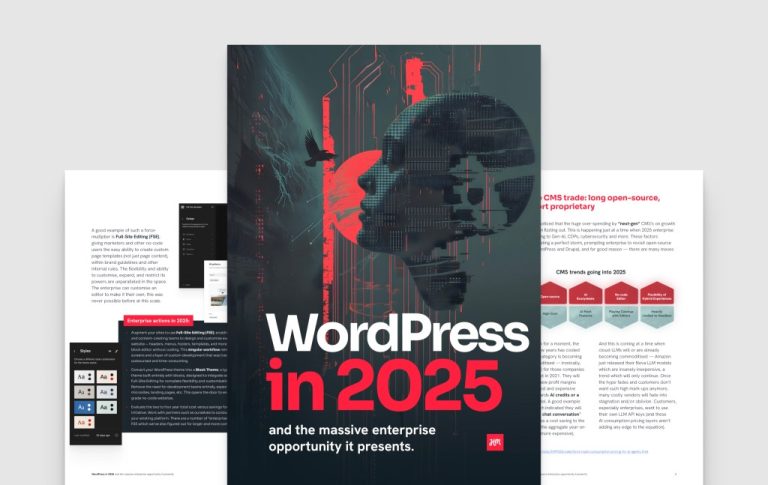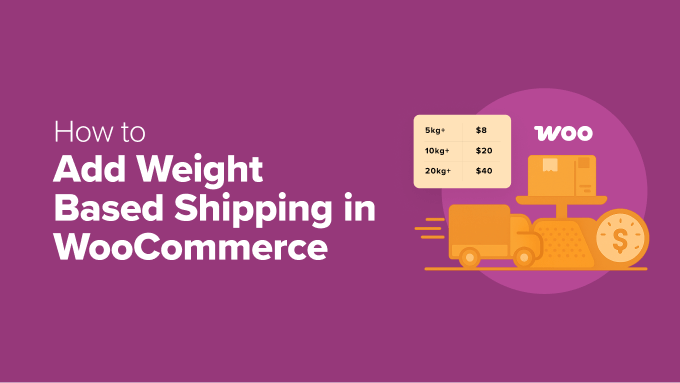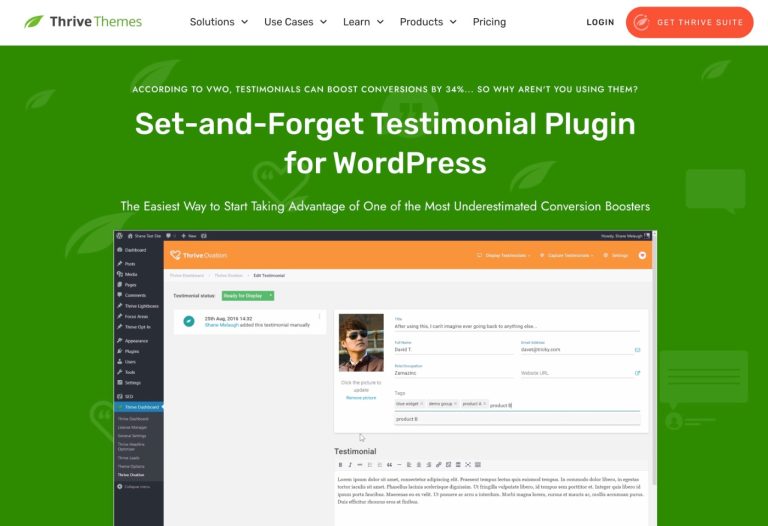Peak shopping seasons like Black Friday/Cyber Monday, Valentine’s Day, and summertime can significantly impact your revenue depending on your shipping strategy. Consumers expect fast (and often free) delivery, adding stress to merchants balancing cost management with a quality customer experience.
Data supports this, with around 39% of online shoppers abandoning carts due to unexpected or high shipping fees, making it the biggest conversion deterrent.
This post will explain creating a shipping strategy that benefits both your business and customers—one that’s smart, adaptive, and transparent. We’ll compare shipping options, review factors affecting shipping costs, and show you how to exceed shopper expectations.
Costs matter, but so does customer experience during busy shopping seasons. Shoppers expect transparency, convenience, and control at every shipping process step. Meeting these expectations reduces “Where’s my order?” emails and encourages repeat business.
Here are ways to keep customers happy with your shipping strategy:
Send shipping notifications: Automated updates inform customers when their order is received, shipped, and delivered. This proactive communication reassures shoppers, even when seasonal demand causes slightly longer processing times. Automated emails for shipping stages keep customers engaged and reduce inquiries. Automation tools like ShipStation save time on manual communication while providing timely updates that build trust and loyalty.
Enable order tracking: Customers desire visibility post-checkout. Real-time tracking links reduce anxiety, cut support tickets, and create branded touchpoints. Tracking emails often have high open rates.
Be transparent about customs: International shoppers expect a great experience, but surprise duties and unclear customs processes can sour transactions. Being upfront about customs fees and using tools that generate correct documentation ensures smoother delivery, especially important for businesses importing or shipping to the US amid tariff changes.
Make returns simple: Product returns are inevitable, but handled correctly, they can strengthen customer loyalty. Prepaid return labels create a smoother customer experience, and automated return and refund processes free up team time. A seamless return builds trust, showing customers you stand behind your products and care about their experience.
Plan for fulfillment delays: Even efficient operations can face delays during peak seasons. Clearly communicating realistic shipping timelines sets the right expectations. Customers are more forgiving when they know what to expect, and honest communication helps maintain trust.
Before managing costs during high-volume seasons, understand what drives them. Small changes in package dimensions, materials, or processes add up quickly when shipping hundreds of orders daily.
Weight and size: Carriers use dimensional weight pricing, meaning both size and weight affect the final shipping rate. A smaller, heavier box might cost less than a larger, lightweight one. If your catalog has consistent dimensions, flat rates may work, but if you ship varied products, a flexible approach is needed.
Packaging and packing materials: Specialty boxes, padding, and insulated packaging protect products but increase shipping costs. The challenge is finding the right balance, minimizing damage without inflating expenses. Cutting corners can backfire during peak seasons, leading to costly returns and replacements.
Human resources: Labor costs add up quickly. Label printing, package assembly, and managing pickups or drop-offs require staff. During surges, hiring seasonal staff may be necessary, increasing costs. Automating tasks like label creation and batch processing can reduce workload and keep costs predictable.
Pro tip: Compare rates across providers. The carrier choice impacts shipping costs. Rates vary depending on distance, speed, and package size. Rate shopping is crucial, especially during high-demand seasons.
Platforms like ShipStation give WooCommerce merchants access to multiple carriers, enabling them to choose the fastest or most economical option without slowing fulfillment.
Rate shopping protects margins while meeting customer expectations. Compare rates by reviewing order patterns, matching delivery speed with customer needs, comparing carriers side by side, accounting for seasonal surcharges, and automating the comparison step.
Margins are the difference between earnings from a sale and fulfillment costs. Every package has costs for packaging, production, and shipping, and balancing these impacts satisfaction and profitability.
If a product costs $20 to make, $5 to package, and $8 to ship, that’s $33 COGS. For a 40% margin, price it at $46.20. Charging $38.20 plus $8 shipping hits the target. Absorbing shipping into the price drops the margin to 15%.
Neither approach is right or wrong. It depends on customer expectations and realistic margins. Strategies include:
Live rates: Real-time shipping calculations show customers exact costs based on weight, dimensions, and destination, adding transparency and reducing sticker shock.
Table rates: Use rules to set shipping costs based on order weight, size, destination, or value. Useful for varied catalogs, allowing complex setups.
Flat rates: Charge one price for all orders, regardless of weight or size. Predictability is favored, but risks over- or undercharging.
Free shipping: A significant incentive, with 93% of shoppers buying more if available. Fold costs into pricing to protect profits, using thresholds to encourage upsells.






